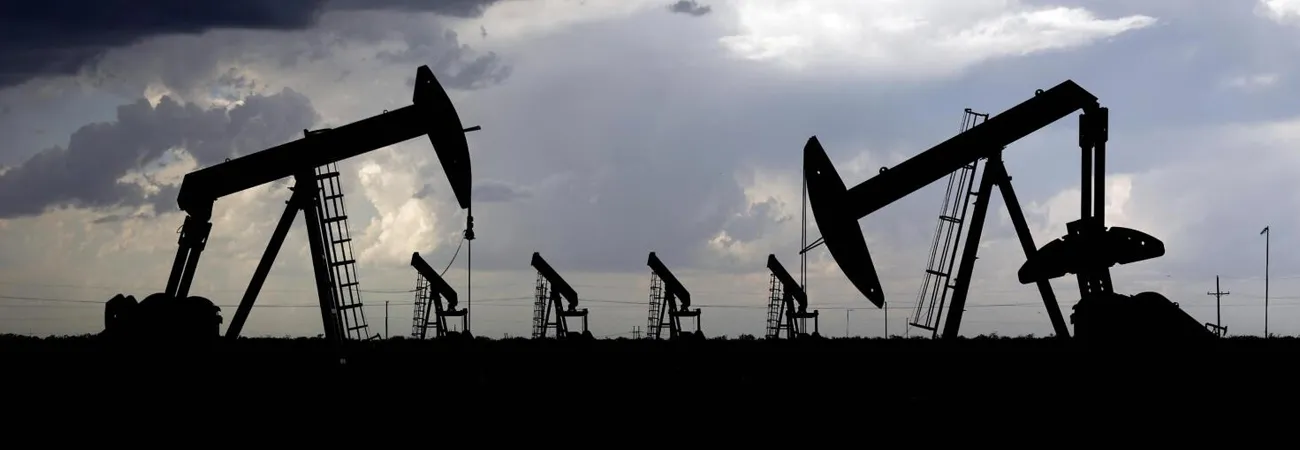i ECONOMY
The Indus Basin contains enormous reserves of hydrocarbons, including oil, gas and coal, which need to be fully exploited to meet Pakistan’s growing energy needs. “The drilling of hydrocarbon-rich spots in the Indus Basin will also give a fillip to Pakistan’s mining sector,” underscores Abdul Bashir, a geologist serving with Koh-i-Daleel Minerals (Pvt) Ltd, a Balochistan-based company. Talking to WealthPK, he noted that the main areas containing the hydrocarbons were two different basins: the upper and the lower. “The upper Indus Basin stretches a vast area of Pakistan, including Sialkot, Jhelum, Rawalpindi, Kala Bagh, DG Khan, Bahawalpur, Rahim Yar Khan in the Punjab province, Bannu in Khyber Pakhtunkhwa and Sibi and Sui in Balochistan.”
“The lower Indus basin covers areas of Thatta, Mirpurkhas, Nawabshah, Khairpur, Hyderabad, Dadu, Jamshoro and Karachi in Sindh,” he pointed out. “Coal, another hydrocarbon, is also found in the Thar desert of Sindh. From Ghotki in Sindh toward Punjab province, the whole belt consists of gas deposits,” he added. Bashir said that oil was mostly found both in the lower and upper basins. He said that two different surveys had been performed to explore oil and gas reserves, including gravity and seismic. “Although the gravity survey is a good physical method, the most popular one is the seismic survey, which reveals area structure and caps called anticlines and synclines. Gas commonly occurs in anticline while both gas and oil occur in syncline.”
The geologist said dome-shaped porous rocks called caps pointed to the presence of oil/gas reverses underneath them. “Sandstone and shale are common examples of porous rocks. Sandstone formations are often interconnectedly permeable, allowing fluids to go through. Shale is the host rock that produces hydrocarbons due to the amount of kerogen (organic material) trapped during the process of deposition. Shales have low porosity and act as sealing rock during the extraction of oil/gas,” he explained.
Furthermore, Bashir said the cap to extract gas was normally found at 2,000 to 3,000 meters below the surface. Oil is deeper than it and is extracted in the condensate form. Sometimes condensate occurs with gas as well, he added. “This type of cap or lithology in rocks that shows the presence of oil is found in Sindh, especially in Karachi. In Punjab, the belt where the system of hydrocarbons occurs stretches from Faisalabad to Lahore. All the Indus Basin areas are alluvium-covered with no mountain ranges. With the start of the mountainous area, the capping and quantity of hydrocarbons decreases,” he further explained.
He stressed that a thorough seismic survey was important to exploit the full potential of oil and gas from these areas.
Talking to WealthPK regarding the exploration of hydrocarbon sources from the Indus Basin, Fang Yulong, Senior Vice-President of the Pak-China Joint Chamber of Commerce and Industry (PCJCCI), said there were huge reserves of oil and gas in the Indus Basin, which should be explored on a war footing.
He also pointed to a joint survey conducted by the Pakistan Navy’s hydrographical department and China Geological Survey in 2019 to explore hydrocarbon resources. He said another survey of this kind was expected this year. According to him, it can result in preparing grounds for subsequent start of extracting hydrocarbons.
Credit: Independent News Pakistan (INP)









